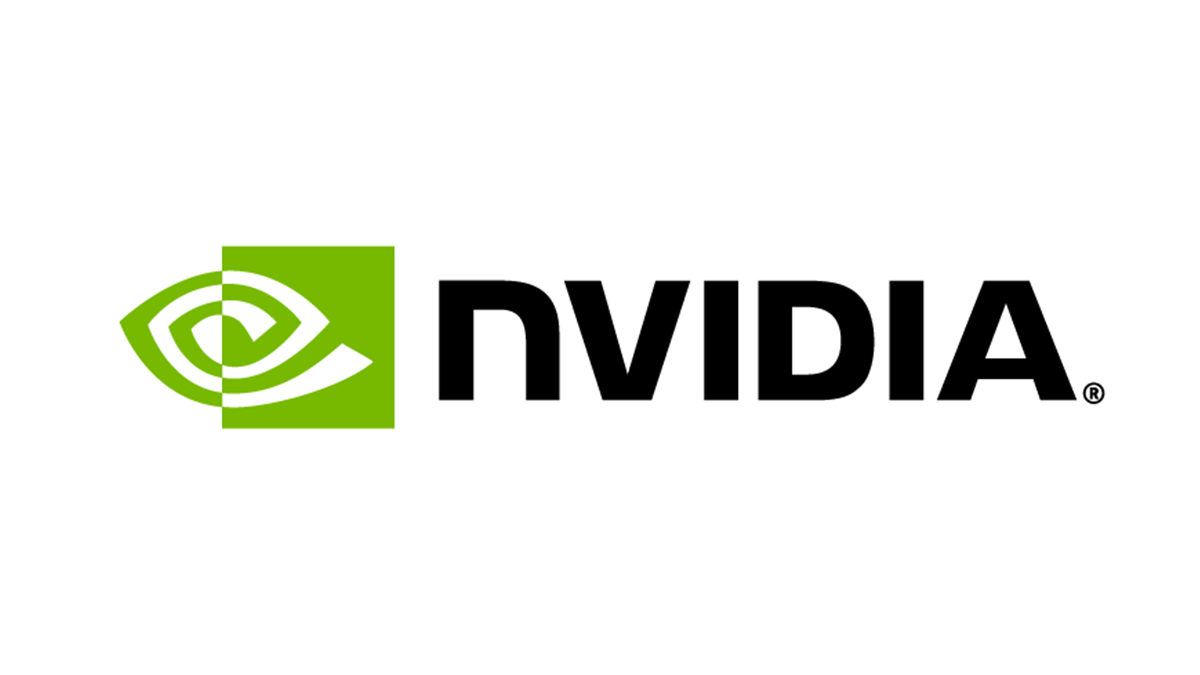
Financial markets are complex, intricate webs, each thread influencing another, sometimes in unanticipated ways. Understanding the impact of rising interest rates can be daunting in these murky waters. Fortunately, Economist Michael Kantrowitz has given us the HOPE Framework, an ingenious tool that can act as our beacon. The HOPE acronym stands for Housing, Orders, Profits, and Employment – the sequential phases that unfold as interest rates rise.
The HOPE Framework: A Financial Compass
The first phase of the cycle is the peak in housing, as rising interest rates impact mortgage costs, leading to decreased demand. Following this comes a reduction in new orders as firms anticipate reduced consumer spending. This, in turn, trickles down to companies’ profits, which eventually drop, affecting the final phase, employment.
Historically, this sequence has proven accurate. The decline in housing became evident as early as November 2020. New orders followed suit in March 2021, with company profits dropping by September 2021. However, employment hasn’t seen significant deterioration yet, creating an intriguing question: Why has the economy been defying this prediction?
A Glimmer of Hope?
Despite the ominous signs suggested by the HOPE framework, the economy seems to be displaying an unexpected resilience. There’s been a noticeable rebound in housing, while new orders and profits are stabilizing. The recent rally in stocks reflects this newfound optimism.
However, there’s no denying that a certain level of caution is warranted. While pandemic-era savings, low-cost financing, and the Federal Reserve’s cash injections have cushioned the economy from significant blows, it’s premature to celebrate. If interest rates persist at these high levels or increase further, we might face another economic wave of pressure.
Unpacking the HOPE Cycle

Let’s delve deeper into each phase of the HOPE cycle to better understand our current economic position.
Housing: The First Domino to Fall
The housing market is the largest asset class globally and has a profound impact on other sectors like retail and banking. The higher interest rates directly translate into increased mortgage rates, which can stifle the demand for homes. Data suggests that we’re already past this stage, with a steady fall in the housing market index.
Orders: Anticipating Consumer Behavior
As the housing market slows, firms preempt a decrease in consumer spending and adjust their production. Indicators like the ISM Manufacturing New Orders Index show a steady decline since last year, suggesting we’re in the midst of this phase.
Profits: The Corporate Challenge
Companies usually keep their profits up in the short term by implementing cost-cutting measures or delaying spending. But eventually, a slowdown in consumer spending coupled with increased production expenses hits their bottom line. Data suggests that while profits haven’t shrunk yet, we’re inching closer to this phase.
Employment: The Final Phase
Employment rates are often the last to react to higher interest rates. It’s only when firms downsize aggressively, and consumers cut their spending that unemployment begins to rise. Current data shows strong payrolls and personal income, but these may be lagging indicators masking the actual economic conditions.
When Will the Recession Hit?
Although the HOPE cycle does not provide an exact date for a recession, it offers a roadmap. We’re currently well into the “Orders” phase, which historically precedes a more general slowdown in the economy by six to twelve months. Thus, while it may be too early to call a recession, a slowdown in growth seems plausible sooner than many economists predict.
Given these insights, a cautious approach towards your portfolio is recommended. Monitor signs of a slowdown in companies’ profits, hold high-quality companies in defensive industries, and be ready to adapt. Remember, the HOPE framework is not a magic crystal ball, but a roadmap to help navigate through the complexities of the economy, particularly during times of rising interest rates.
The Road Ahead: A Tale of Caution and Hope
While the economy seems to be flexing its resilience in the face of rising interest rates, the HOPE framework tells us that we might not be completely out of the woods. It’s important to consider that the fallout from high interest rates could still be looming.
The coming months will provide critical data to see if we’re transitioning into the ‘Profits’ phase of the HOPE cycle. If so, it’s likely we’ll see a slowdown in the broader economy within the next year.
The economy has shown remarkable resilience thus far, defying predictions of imminent economic slowdown. This demonstrates the importance of not relying on a single tool or indicator, but rather maintaining a comprehensive understanding of the broader economic landscape.
In conclusion, while the HOPE framework presents a useful guide to navigating economic downturns caused by rising interest rates, it’s crucial to remain vigilant and prepared for a multitude of economic scenarios. As we traverse these uncertain economic times, let’s remember that hope is not just an acronym in an economic model, but a sentiment that we should embrace as we look forward to the brighter days ahead.



